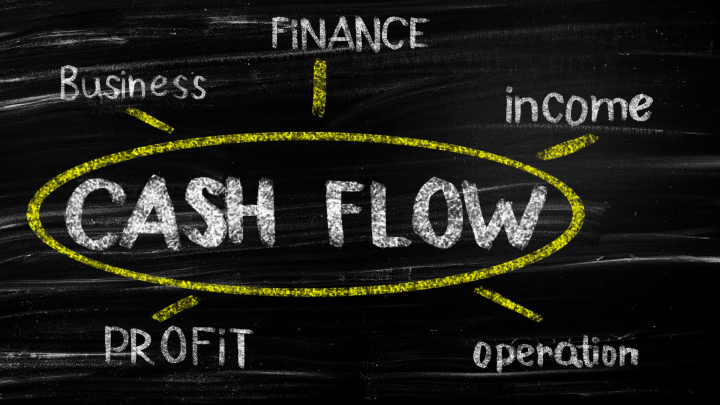6 Types of cash flow to analyze your company’s finances!
What is cash flow?
While there are different types of cash flow to analyze your company’s finances but have characteristics in common. After all, this is an instrument that aims to record all financial transactions that take place in the business.
Through it, it is possible to check the entries and exits of the company in a certain period. In this way, more effective financial control can be made.
How important is cash flow to analyze your company’s finances!?
One of the reasons for knowing cash flow and its types is its relevance to the management of business resources.
Through it, all business finance movements are monitored, which makes it possible to identify threats and opportunities.
It is also essential for structuring business financial organization processes. With the habit of elaborating and evaluating this device, money management tends to be favored.
For micro, small and medium-sized companies, this process is even more relevant.
After all, the strategic control of money can bring new possibilities and increase the competitiveness and robustness of the business in the market.
6 types of cash flow to know
Although all cash flows are similar, their functioning differs in relation to the information they collect and offer.
Therefore, knowing them is important to know when to use each one and how the different types can help in decision making.
In the sequence, you will know 6 types of cash flow. Check out!
1. Operating cash flow
As the name implies, operating cash flow is formed by recording operating income and expenses. Therefore, it only considers financial transactions related to the operation of the business.
This type of cash flow offers the chance to measure the operating result for a given period. However, it will not be possible to know what the working capital needs are or how this amount evolves.
2. Direct cash flow
Direct cash flow is similar to operating cash flow but is more complete. In this case, it includes business investments, tax payments, and credit payments requested by the enterprise, among other aspects.
It is often the most used type as it provides the most complete set of financial information. In addition, it is also often performed periodically — every day, for example.
3. Indirect cash flow
The indirect cash flow is formed based on the results obtained in tools such as the Income Statement for the Year (DRE). To assemble it, it is necessary to post the profits and losses incurred in other instruments.
Thus, it is useful to summarize the result set and can be used to make a comparison with other flows performed previously. However, the result may suffer distortions that affect the analysis.
4. Projected cash flow
Another type widely used to track the company’s finances is the projected cash flow. It has this name because it encompasses, among its registered transactions, accounts payable and receivable.
This alternative is different from the traditional model, which only includes amounts that have already entered or exited the cash register. With this, the designed model allows for making predictions regarding the financial results of the business.
Calculating it is a way of understanding the company’s financial cycles over time, such as periods when cash availability is greatest.
It is also possible to understand when it is necessary to have more cash on hand to pay off financial obligations, for example. Thus, the company knows what the need for credit in advance is.
5. Cash flow for investments
The cash flow for investments represents the resources that become available after all financial outflows are discounted. From the amount, operating costs, taxes, depreciation and other elements are deducted.
The idea is to recognize how much the company has to make improvements or contributions to growth. By evaluating this flow, it is possible to identify whether it is time to seek credit to execute strategic planning.
6. Discounted cash flow
Finally, the discounted cash flow seeks to understand the valuation of the enterprise over time.
With the help of forecasted future cash flows, a discount rate is applied to analyze how the capital invested in the business tends to behave.
Although it is a type of cash flow, it is not used as much internally. In fact, it is often a tool adopted by investors in the acquisition of companies.
So, if the idea is to buy another company or make a merger, it is indispensable for decision making.
How to use cash flow to analyze your company’s finances
As you have seen, there are several types of cash flow that can be created and analyzed. However, there is not only one recommendation for use.
In practice, it all depends on the moment of the company, the information desired, and how the data will be used.
If the intention is to think about the financial future, the projected cash flow is more indicated. If the intention is to have a broad view, the direct version is the most used, for example.
It will help to understand how much the company has and, therefore, how much it needs to put the plans into practice.
Depending on the scenario, you can use multiple or even all cash flow types.
The important thing is that they are prepared in a structured way and compatible with the reality of the business so that they provide reliable information.
Based on these 6 types of cash flows, you will be able to make a more efficient financial management for your business.
For more interesting and informative content visit our blog.
